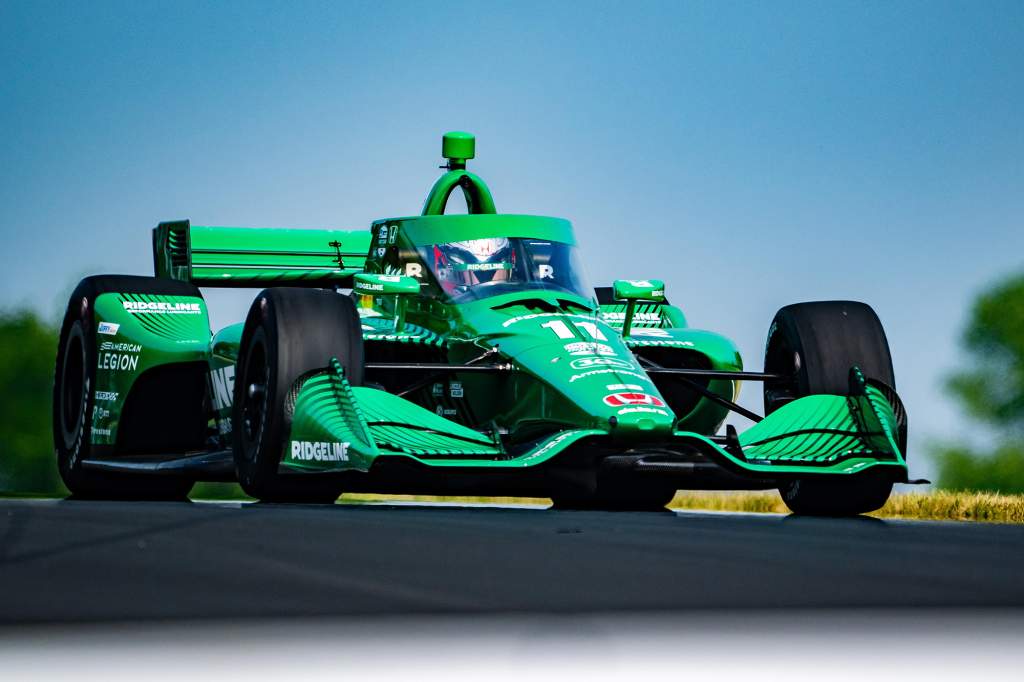A trend of Formula 2 drivers making the switch to IndyCar has provided some fascinating storylines in recent years, and the latest instalment has been one of the most interesting yet.
Ex-Ferrari Driver Academy racer Marcus Armstrong challenged for the FIA Formula 3 title in 2019 and marked himself out as a spectacularly quick driver.
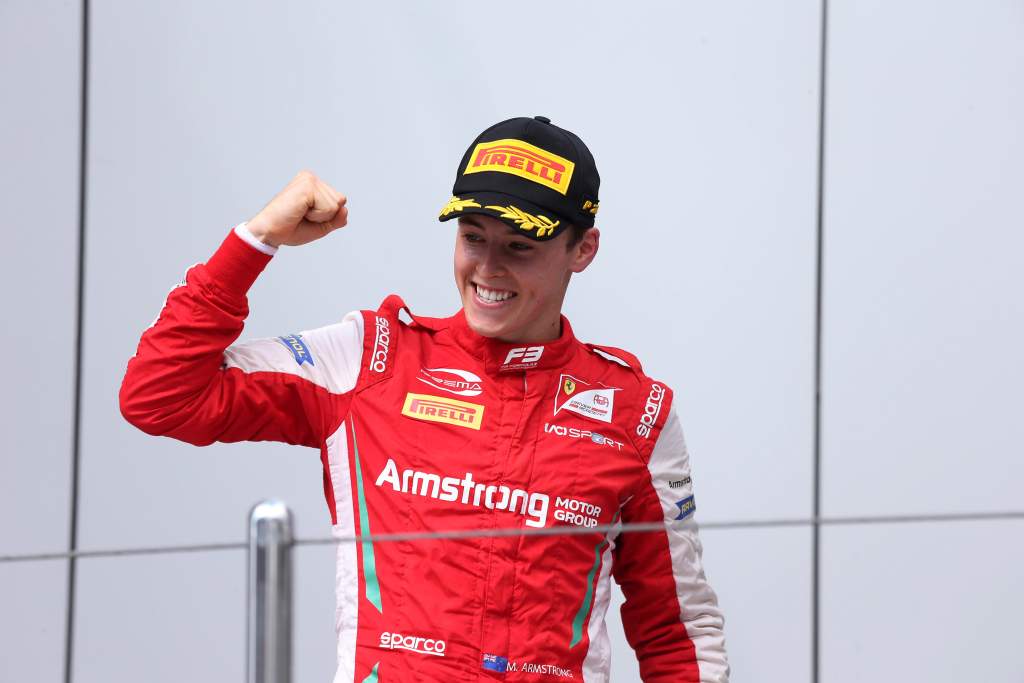
But the three Formula 2 seasons that followed delivered one failed championship bid after another.
The fact he turned those years into a top IndyCar gig at Chip Ganassi Racing is much to Ganassi’s credit for looking further behind the results of another series and picking Armstrong on his ability not his results.
But was it a gamble? And if so, has it paid off?
On one hand, Armstrong is ahead of one of last year’s breakthrough stars David Malukas, a pair of Indianapolis 500 winners in Helio Castroneves and Simon Pagenaud, and any other rookie for that matter in the standings, despite only doing the road and street courses, meaning he’s missed two of the eight rounds so far.
That success will always be counterbalanced by those that say Armstrong is driving the best car in the field; his team-mate Alex Palou has a 74-point championship lead with it.
Also, the other rookies in this year’s class are not of the calibre of some of the recent crops which have included the likes of Felix Rosenqvist, Rinus VeeKay, Scott McLaughlin and Christian Lundgaard. Three of those are race winners in the series already and the other, Lundgaard, has taken a pole with a team that’s been far from competitive.
We haven’t even mentioned Callum Ilott, Kyle Kirkwood and Romain Grosjean there either. IndyCar’s done very well for rookies lately. The Indy Lights (now NXT) graduates Armstrong’s up against are not of the calibre or depth of the recent rookie packs.
Despite Armstrong’s steady results and very few big errors so far – his Long Beach qualifying crash was the worst – it’s clear he is not particularly pleased with how the season has gone in terms of results.
“If I generalise it, I feel like we’ve always been there or thereabouts in terms of pace which is probably OK,” Armstrong tells The Race in an exclusive interview.
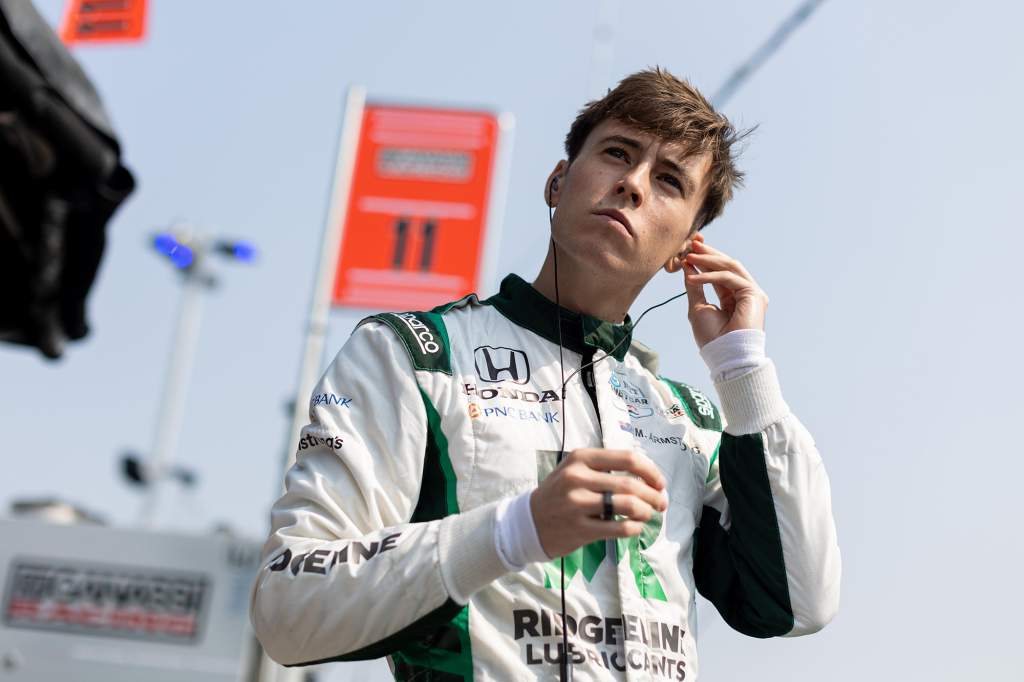
“But the fact is we’ve had so much potential to do better in races in particular. We’ve always been going forward in races no matter what, just on the basis that we have a lot of pace and certainly the Ganassi car is strong in race trim.
“So the fact that we’ve only finished as high as P8 is quite disappointing really, for me.
“If I use Detroit as an example, we finished P8 on the road. Obviously we lost a place on the last lap to McLaughlin, but really we had the pace to be up there with Alex [who won] in my opinion. So it was a bit unsatisfying.
“Qualifying has probably been the area where I need to improve the most. I feel like if we start nearer to the front, we’ll be able to take those results home a lot more.”
Armstrong qualified a season-best eighth at Road America last weekend and proved his point that starting further forward can do big things for his chances.
He led the race and was a genuine contender for a top-five finish – even the win – before an unusual botched strategy call by Ganassi left him staying out under a caution that his rivals pitted under, which meant he had to make a green flag stop laps later. He finished 24th, a lap down.
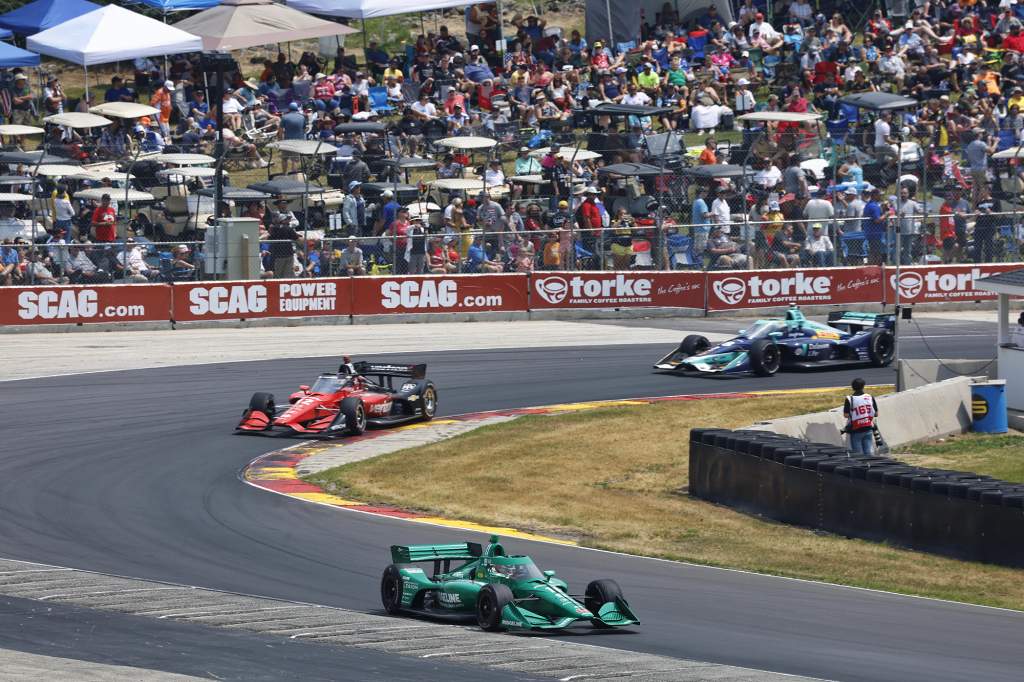
Ganassi has been really impressed with Armstrong’s underlying pace and his constant quest for better results and tangible improvements has proven endearing, as his employer feels he is where he needs to be at this stage of the season.
While it sees where he can improve, Ganassi knows how tough the series is. But the fact Armstrong is not happy shows what he expects of himself and the level of motivation he has to get better, which Ganassi likes a lot.
There have been a few niggly things going wrong that back up Armstrong’s assessment but there aren’t that many adequate parallels that you can use to show just how good (or not) his rookie season is.
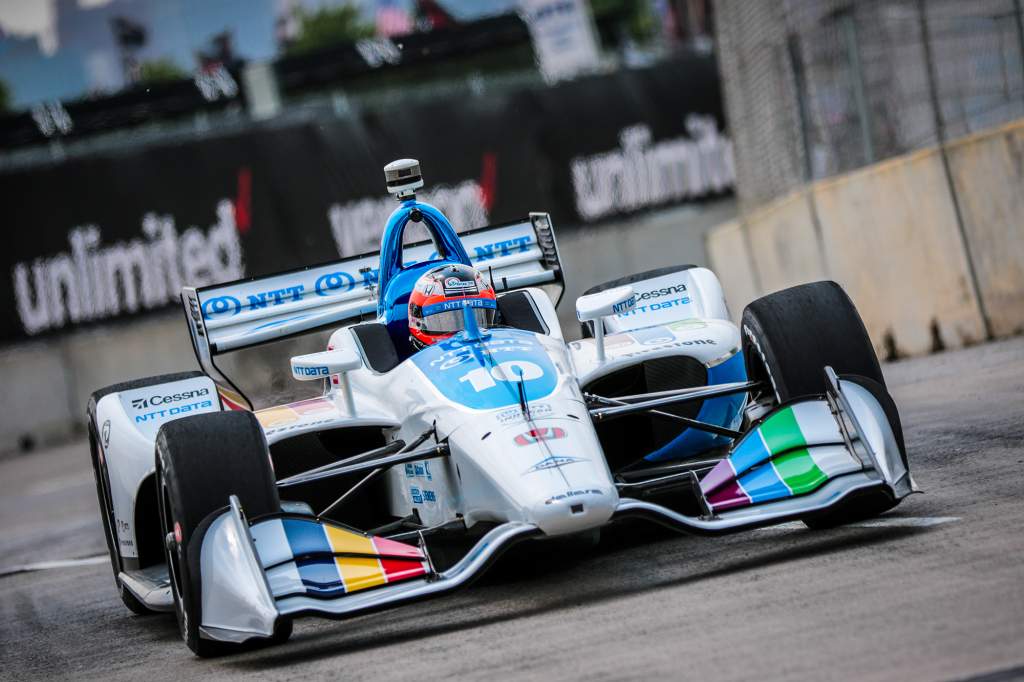
The last driver on Armstrong’s level to debut for Ganassi was Rosenqvist in 2019, but he did a full season straight out of the box and had years more experience in various other series than Armstrong. He feels like the best match but an imperfect comparison.
Rosenqvist vs Armstrong through their first six road and street courses
Average start
Rosenqvist 7, Armstrong 13.5
Average finish
Rosenqvist 9.83, Armstrong 12.83
Points
Rosenqvist 138, Armstrong 108
Rosenqvist’s car wasn’t the best in the field in his rookie season in 2019 either, making his results impressive, but also he was in a two-car team with Scott Dixon when Ganassi had two fewer cars to focus its attention on than it does now.
But that means more data for the team now too, so comparing Armstrong and Rosenqvist – especially with more cars and even tighter competition now – is almost like apples and oranges.
Another area Armstrong doesn’t have the same benefit as Rosenqvist is that he’s missing the ovals. After his first IndyCar race, he had to wait a month and 11 days before getting back in the car again, and then after his fourth race, he had to wait three weeks and a day before his fifth. It’s disjointed.
There’s no doubt what Armstrong is hoping for next season, and when asked if he thought he was doing enough to warrant getting what he wants next year, he said: “That’s not really my decision to make at the moment.
“I think everyone knows what I want to do and that’s to be in Chip Ganassi Racing and doing a full season, that’s without a doubt in my mind.
“The rest of it, I’m just focused on each day really which is: good results help everyone. I feel like it’s easier for me to be focused on each day and not look too far into the future because it’s quite enjoyable there and I’m enjoying the season so far very much.
“So everyone knows what I want to do. It’s not exactly my call.”
Armstrong was in contention to get some oval outings when Chip Ganassi confirmed Takuma Salo’s deal did not stretch past the Indy 500 earlier this year, but Sato has since been confirmed.
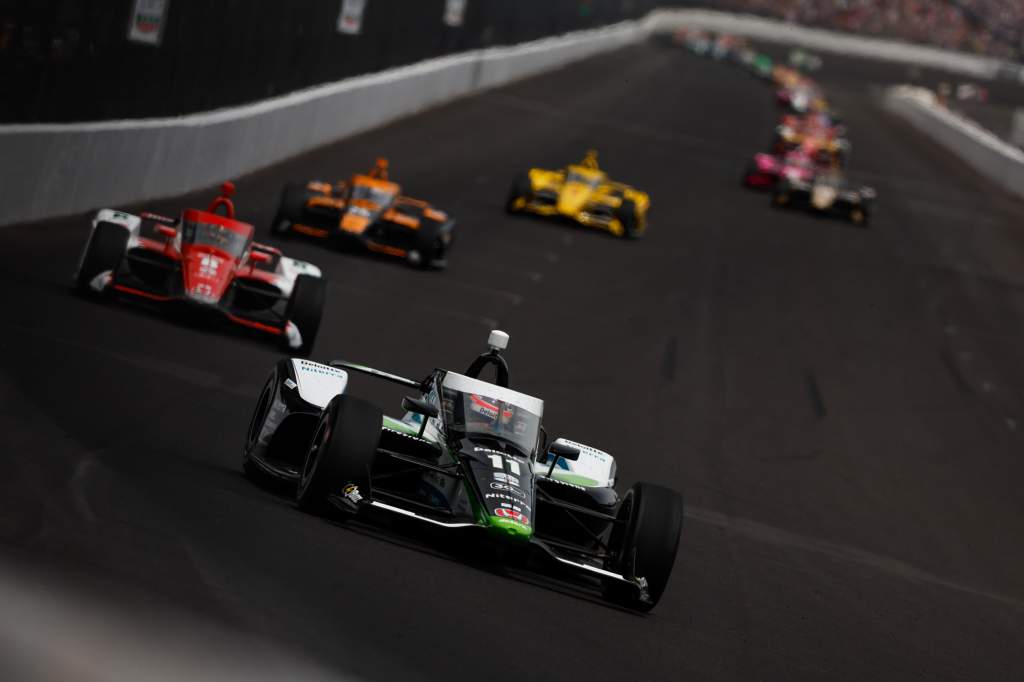
Stepping back from full-time to part-time is going to affect sponsorship for any driver, but it’s no surprise to see Sato’s deal for the remaining ovals come together. He’s always had very strong backing and has delivered results on ovals, including winning at Gateway – one of the ovals still to come in 2023 – before. He was one of only two multiple Indy 500 winners in the field this year.
There were rumours around the Indy 500 that it could be his last race at the Speedway, but Sato told The Race that the nature of motorsport means any year can be your last year of something, and there’s no lack of desire to contest more IndyCar races on his part. Especially with a competitive car at Ganassi.
Even if Armstrong hasn’t driven an oval yet, he is still learning about them. By choice, he spent the whole Indy 500 with his team absorbing data and best practices, and has been bugging his team-mates for tips and knowledge ahead of getting that chance, adding “I’m looking forward to that opportunity in the future”.
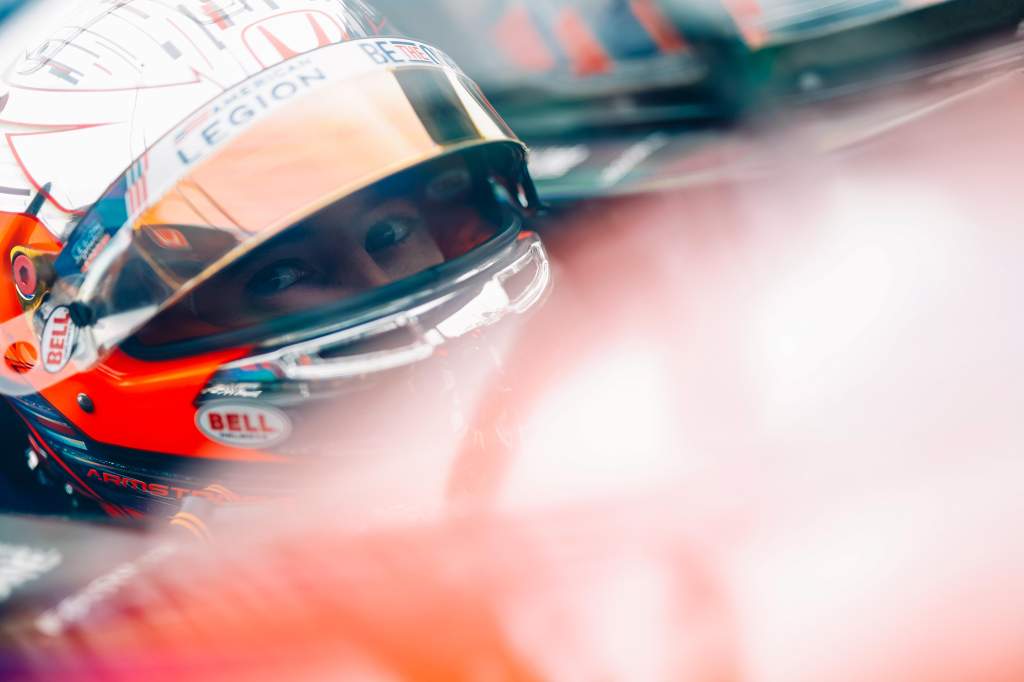
Let’s not forget that Armstrong is going through the same culture change that his fellow F2 converts have had to tackle.
There’s the usual learning the tracks and adapting to the Firestone over the Pirelli tyre. But perhaps the biggest change is having the car catered to you rather than you turning up and driving the car the way the engineer decides is best.
That’s not because F2 engineers are mean, but in IndyCar there are so many more changes you can make to the aero and suspension of the car both in and out of the race that put a premium on making sure the driver is comfortable to be able to extract the maximum.
“It’s a big positive for me because Ganassi can maximise each driver, in reality we can be 1-2-3-4 with very different set-ups,” adds Armstrong. “So that’s interesting, certainly coming from Europe.
“And as well during the race, you can obviously change roll bars and aero balance on the go, which is something you can’t do in Europe.
“It sounds silly, but the track evolution in an IndyCar race is just so huge. Obviously the race is very long. The tyre lays down a lot of rubber so the car that you have in the last stint is usually quite different to the one you have in the first, so you’re just getting constant feedback and then adjusting accordingly.
“There’s a lot of variables in IndyCar from a strategic point of view but also how quickly you can get your car in and out of the window.
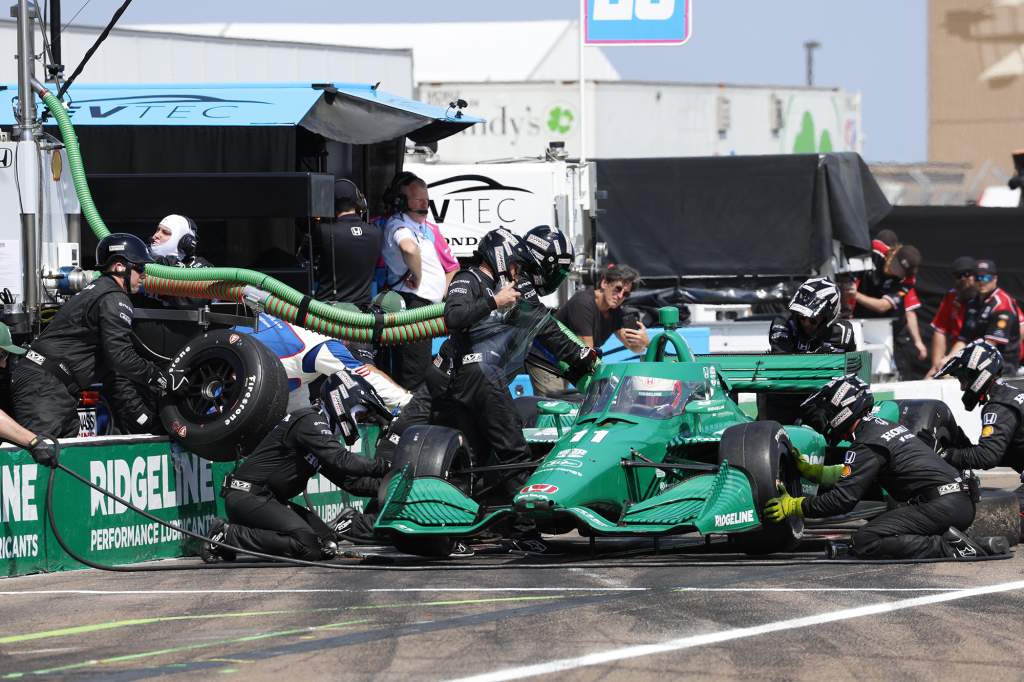
“So constantly fine-tuning the car through the weekend was probably a big eye-opener for me because in F2 or even in F3 for that matter if you have a good car concept, philosophy, you can sort of keep that for the entire season.
“You can obviously change it a bit here and there depending on tracks. But if you have a good car in the first race of the season, chances are you have a good car in the last race.
“Whereas in IndyCar you could have a good car at the start of FP1 and a terrible car at the end of it!
“That’s quite interesting for me and that’s I think one of Scott Dixon’s strengths is knowing what’s going to happen in 30 minutes’ time, so that’s probably a big eye-opener for me.”
While Armstrong’s season may be tough to decipher, he is ahead of a lot of very strong drivers and teams that have done the full year so far.
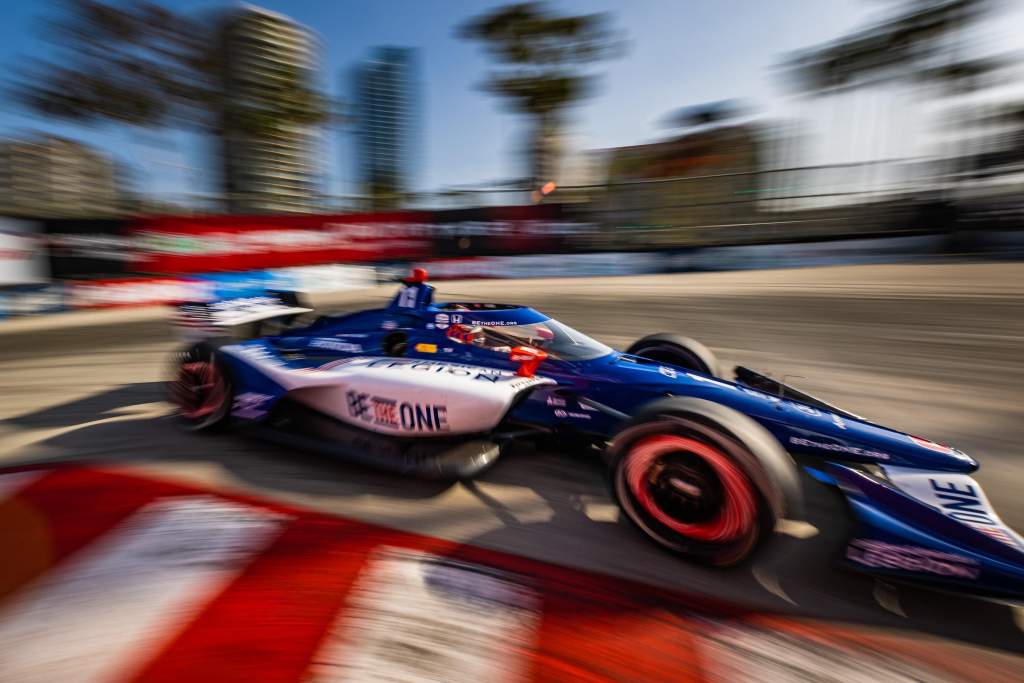
When you extrapolate out his points per race, he would be 14th in the standings if he was full-time, which is the exact position the last three IndyCar rookies of the year have finished in the standings, so that tells you he’s bang on where he needs to be.
Road America was the perfect cross-section to show that, no matter what team you’re in, IndyCar is ridiculously tough – especially as a rookie. Unlike in pretty much any other open-wheel series, Armstrong tested at the track in the days before the event and then Firestone brought a new tyre to the race weekend.
Qualifying is brutal – thousandths of a second decide if you advance to the next stage. One strategy call in a race can totally destroy what had been a perfect day. Ask Colton Herta, who looked so on top of everything at Road America until the closing laps.
As long as Armstrong is learning and getting better every week, he’s where he needs to be.
For anyone watching, it’s clear that a top five in Detroit and maybe even a podium at Road America were possibilities.
So while it’s hard to fairly compare Armstrong to any of IndyCar’s recent star rookies, through six races he’s already demonstrated there’s a lot to like about this rookie and his switch from F2.


